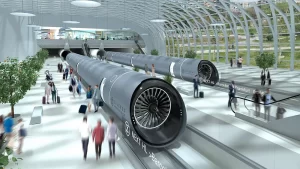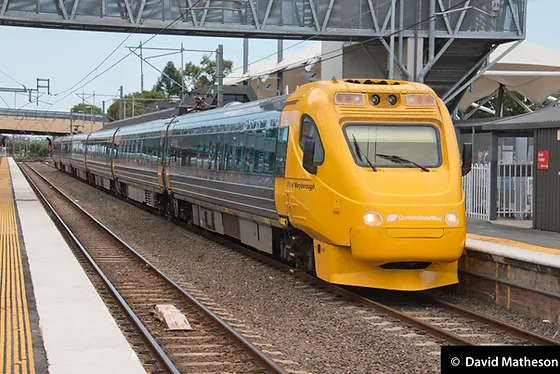Introduction
Train travel has been a vital mode of transportation for centuries, providing efficient and sustainable mobility. Over the years, advancements in technology have transformed the railway industry, making it faster, safer, and more environmentally friendly. In this article, we will explore the future of train travel, with a particular focus on high-speed trains, innovative speed check train systems, and the broader trends shaping this industry.
High-Speed Trains: The Need for Speed
1. History of High-Speed Rail
High-speed trains are not a new concept. The idea of moving people and goods rapidly by rail has been around for decades. However, it was only in the latter half of the 20th century that high-speed rail became a reality. The introduction of the Japanese Shinkansen in 1964, also known as the “bullet train,” marked a turning point in rail travel. Since then, high-speed rail has been on a fast track to global adoption.
2. Cutting-Edge Technology
High-speed trains are powered by cutting-edge technology, including powerful electric motors, aerodynamic designs, and advanced track systems. These innovations enable trains to reach speeds of over 200 mph (320 km/h) and reduce travel times significantly.

3. The Green Advantage
One of the most significant advantages of high-speed trains is their environmental friendliness. Compared to air travel or private automobiles, trains produce fewer greenhouse gas emissions per passenger mile, making them a vital component of sustainable transportation.
Check Train Systems: Ensuring Safety and Reliability
4. The Importance of Check Train Systems
Safety and reliability are paramount in train travel. Check train systems are essential for ensuring that tracks and trains are in optimal condition, preventing accidents and delays. These systems utilize a range of technologies to monitor the railway infrastructure continuously.
5. Modernizing Maintenance
Traditionally, railway maintenance was a time-consuming and manual process. Today, technology like sensors, drones, and artificial intelligence plays a crucial role in identifying and addressing maintenance needs. Predictive maintenance algorithms can foresee issues before they cause disruptions.
6. IoT and Big Data
The Internet of Things (IoT) and big data analytics are integral to check train systems. Sensors placed along tracks and on trains collect vast amounts of data that help operators make informed decisions. Real-time monitoring and data analysis enhance safety and reliability significantly.
Beyond High-Speed and Check Train Systems
7. Maglev Trains
Magnetic levitation, or maglev, trains represent the next frontier in train travel. These trains hover above tracks, eliminating friction and allowing for even greater speeds. Maglev technology is still in its infancy, but it holds the promise of revolutionizing long-distance travel.
8. Sustainable Energy
The future of train travel is intrinsically tied to sustainable energy sources. Electrification and the use of renewable energy are crucial for reducing the carbon footprint of the railway industry. Solar-powered trains and hydrogen fuel cell trains are emerging as green alternatives.
9. Hyperloop and the Future of Urban Transportation
The concept of the hyperloop, a high-speed transport system within vacuum tubes, offers the potential for ultra-fast travel between cities. While still in the experimental phase, the hyperloop has captured the imagination of many and could reshape urban transportation.
Conclusion
The future of train travel is exciting and dynamic, with a focus on speed, safety, and sustainability. High-speed trains, speed check train systems, maglev technology, and other innovations promise to make train travel more accessible and efficient than ever before. With a commitment to environmentally friendly practices and the integration of advanced technology, the railway industry is on track for a promising future. As we move forward, the vision of an interconnected, high-speed rail network that stretches across the globe seems ever closer to becoming a reality.

























